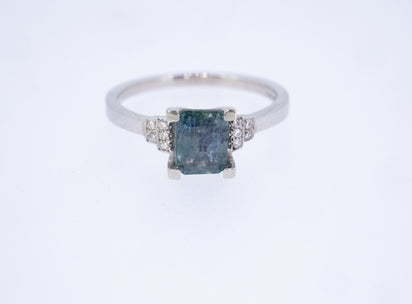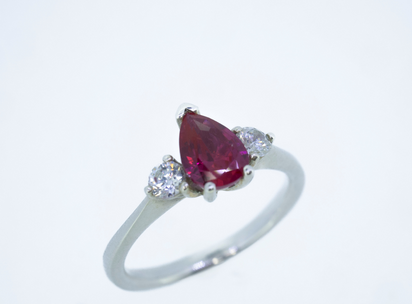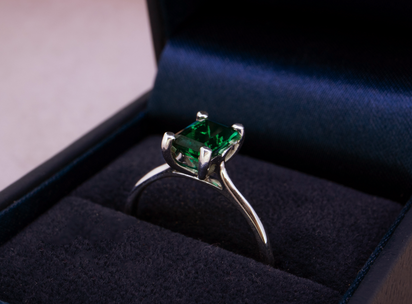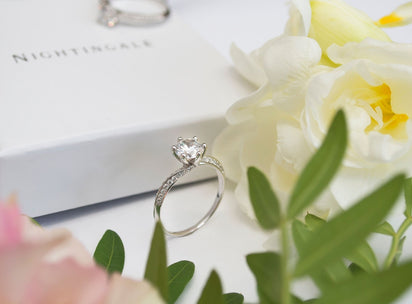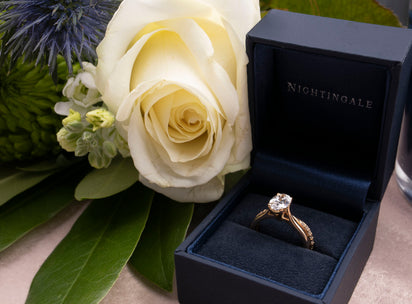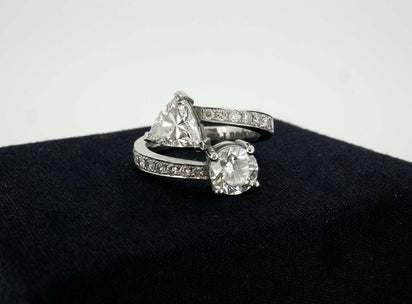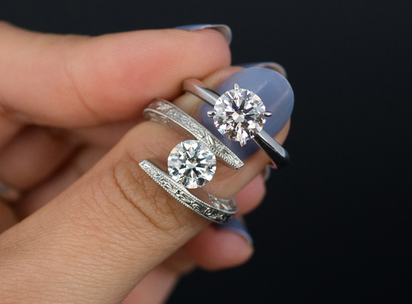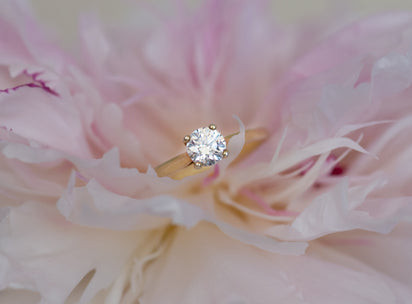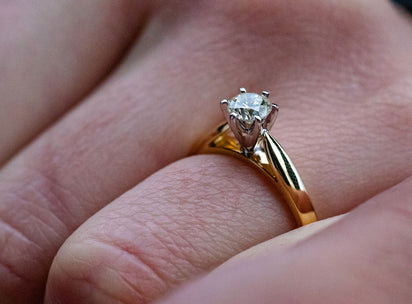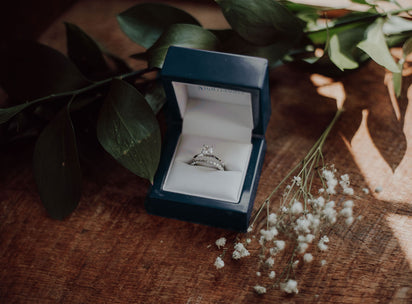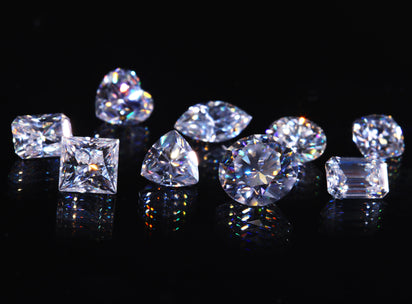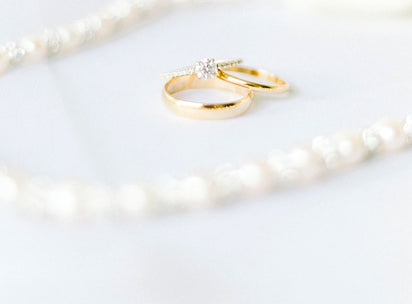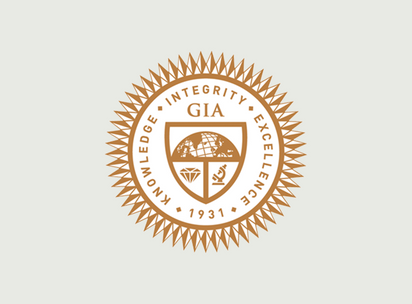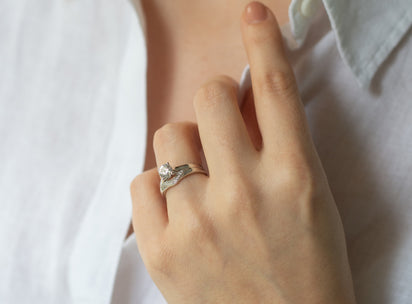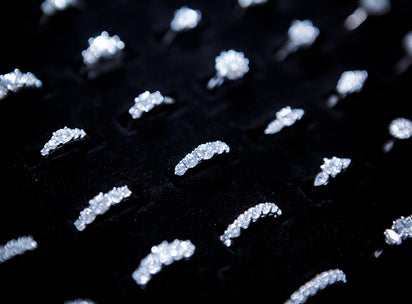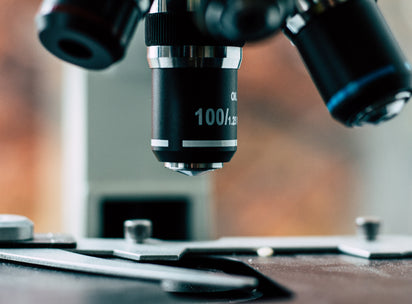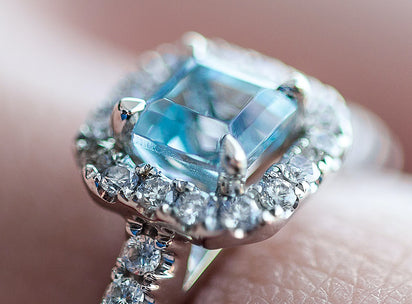Nowadays there are four assay offices in Great Britain, London (town mark leopards head), Birmingham (town mark Anchor), Sheffield (town mark Rose) and Edinburgh (town mark Castle). All these offices work to assay (test) precious metals and mark them to show that this has been done and the UK standards have been met.
It is mandatory in Great Britain for precious metals that meet the weight criteria to be assayed and hallmarked (stamped) to indicate the type and fineness of the metal. Without a hallmark the metal can only be described as yellow or white metal. The assay offices of Great Britain have been guaranteeing the quality of precious metals since 1327. Download more information here.
Gold items above 1gram must be hallmarked
Silver items above 7.78 grams
Platinum 0.5 grams
Palladium 1.0 grams
Items may have a convention mark; these are marks struck by countries within the convention (an agreement between governments) and are accepted by Great Britain as stamps of fineness .
The hallmark also contains a fineness mark which could be 750 which denotes 18ct gold. Pure gold is 1000 parts gold. The parts thereof make the lesser carats. 9ct gold is 375 and 14ct 585.
The hallmark has also to show who made or sponsored the making of the item. This is called the sponsors mark.
An optional mark is a date letter. This used to be a compulsory mark but nowadays it is the choice of the person sending the item to decide whether to have this mark struck. In important years, such as the millennium it is another way of marking history. There are some special marks that may be struck from time to time to commemorate occasions. Recently we have had the Diamond Jubilee mark and the Millennium mark, these special marks really do make an item that little bit more special.
With just three things in place, who, what, where, and a hallmark or convention mark supporting these, you can be certain you are buying the genuine article.
Precious metals
Gold
Gold has many qualities and has been used in jewellery for over six thousand years. Gold is a “noble metal” - which means it will not tarnish, corrode or rust and most acids will not harm it - except in the most unusual of situations. (Sometimes perfumes and perspiration can discolour the other metals gold is mixed with).It is a wonderful metal to work – it can be drawn into fine wire, flattened or bent into shape. It can be highly reflective or matt finished making it an ideal metal to create exquisite, beautiful and fine jewellery.Pure Gold is 24 carats, yellow in colour and very soft so is mixed with other metals to give it strength and make is suitable for making jewellery.
White gold is very popular and is created by mixing gold with other metals and then finished by rhodium plating. Rhodium is a member of the platinum family and is used on white gold jewellery items to give the item a beautiful finish.
The rhodium plating on white gold will eventually wear and it is advised that these items are periodically re-rhodium plated. It is difficult to say how often this may be as different people have different wear rates. If you think the item purchased from Nightingale may need re-plating in the years to come please don’t hesitate to contact us for assistance.
Platinum and Palladium
Platinum
There are four standards of platinum available in the UK, 999, 950, 900 and 850.Platinum is an ideal metal to use for setting diamonds because of its pure white colour and its reflective qualities. It is also a very strong metal so even the finest of settings will hold your diamond secure.Platinum is a naturally white metal and does not discolour, tarnish or corrode so your jewellery will always be a pleasure to wear.
Palladium
Palladium has been used in jewellery since 1939, but it is only really in recent years that is has become more mainstream. It is a precious white metal and it carries a hallmark. There are three standards available, 500, 950and 999.
Silver
Silver is a relatively light metal making it practical to use and comfortable to wear. Silver is the most reflective of all metals. Silver is an ideal metal to produce exquisite and stunningly beautiful jewellery.Silver fineness is expressed as parts per thousand and is normally alloyed with copper to make it stronger and harder. There are four legal standards of silver in the UK with 925, Sterling Silver, being used mainly for jewellery and 958, Britannia Silver, being mostly used for ceremonial items. The other two standards are 800 and 999 but these are not often used in the jewellery industry.
Keeping Silver Bright
Silver naturally tarnishes due to sulphur dioxide in the atmosphere reacting with the surface of the metal. The very best way to keep your silver bright is to wear it regularly, silver loves to be seen so show it off as much as possible. If it does become dull wipe gently with a soft silver cloth to restore the shine.
